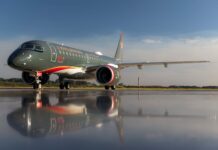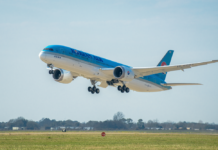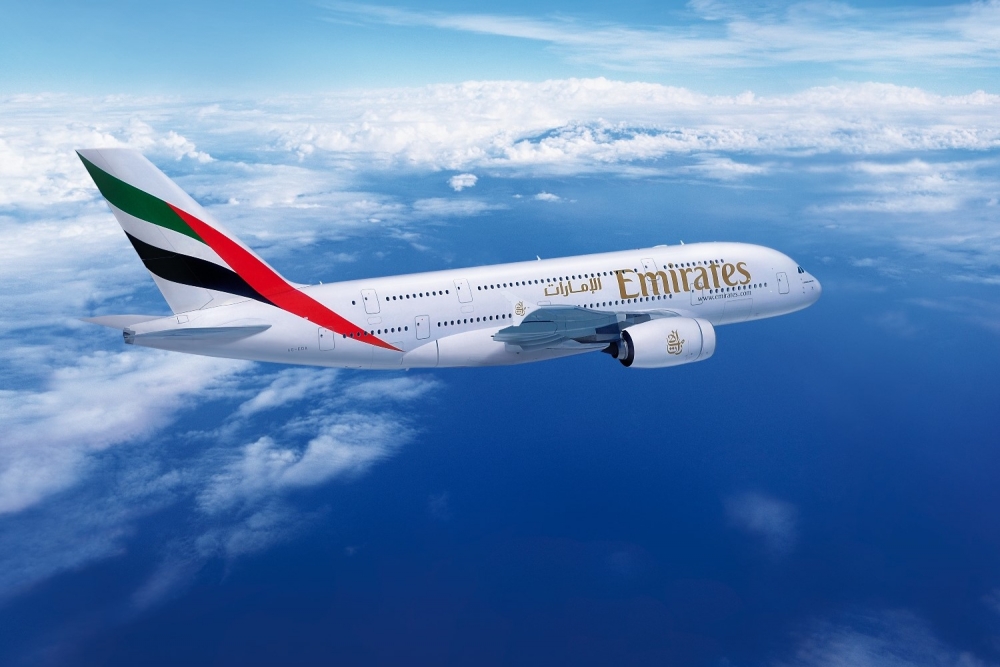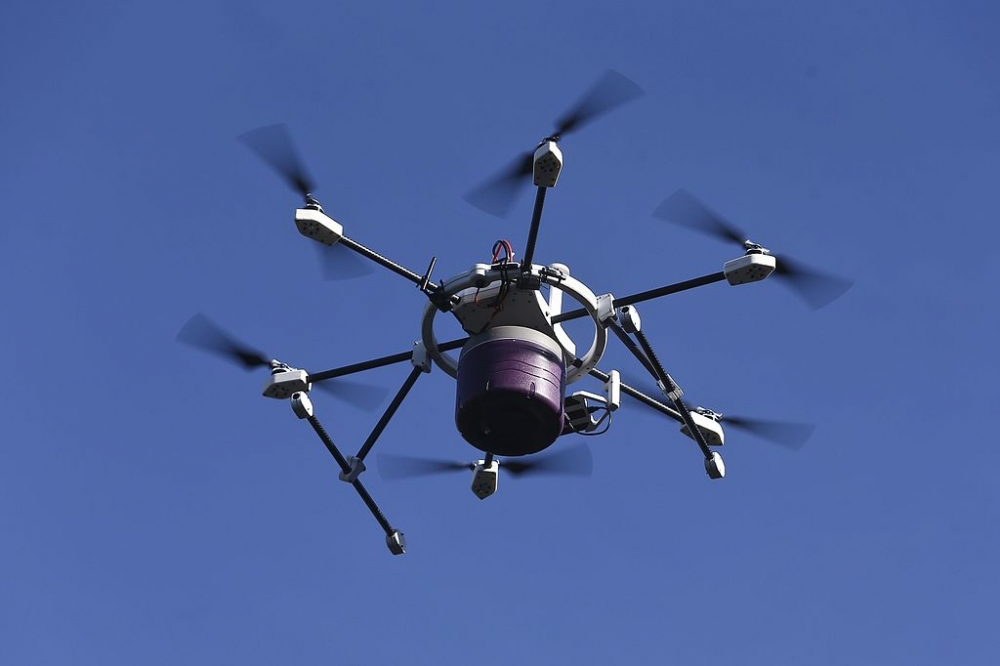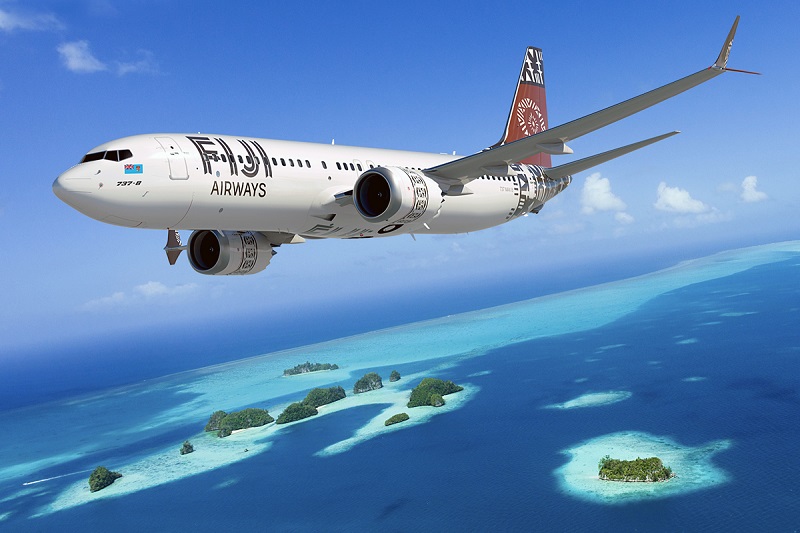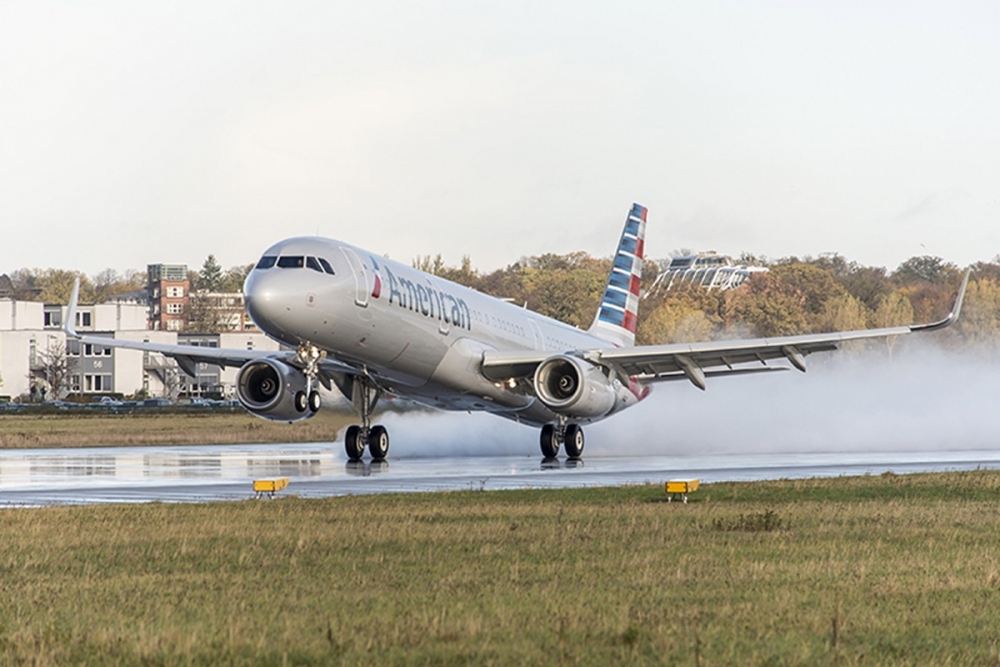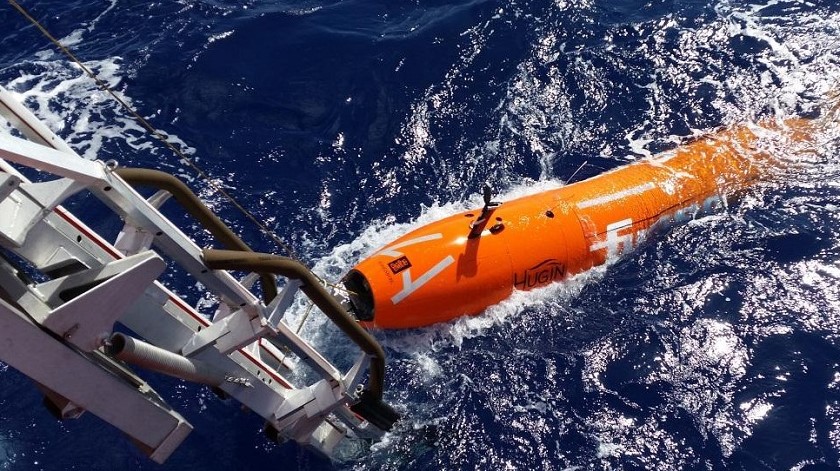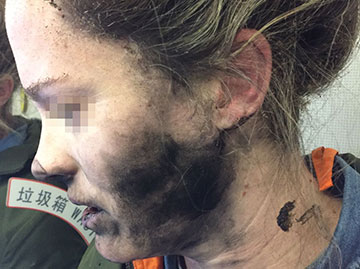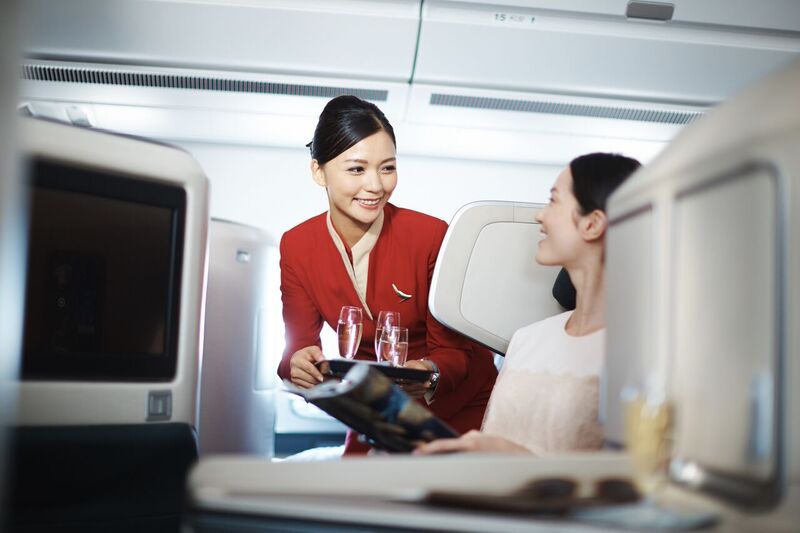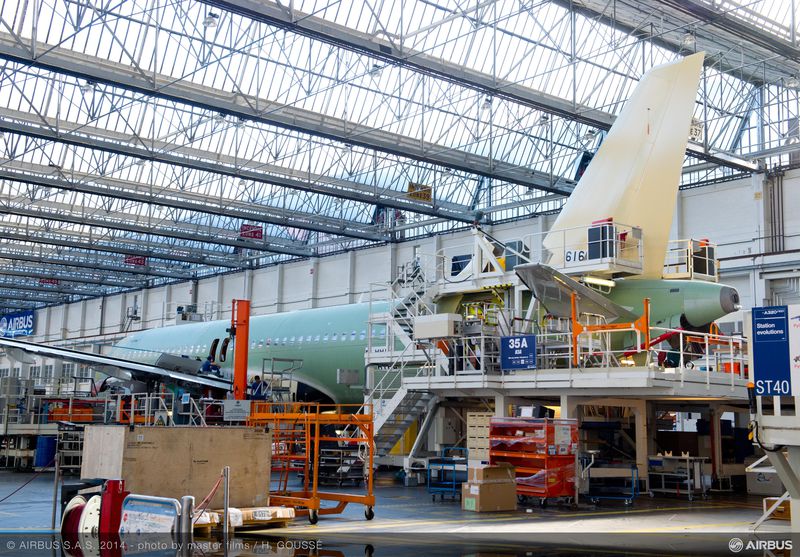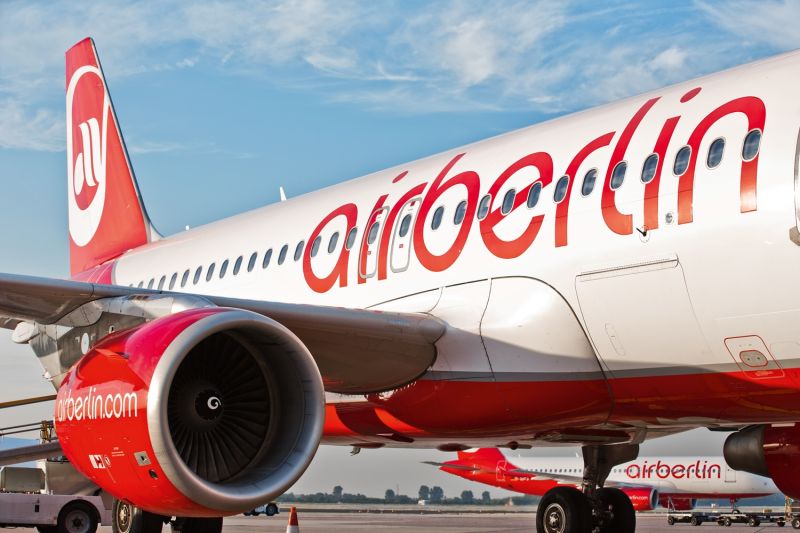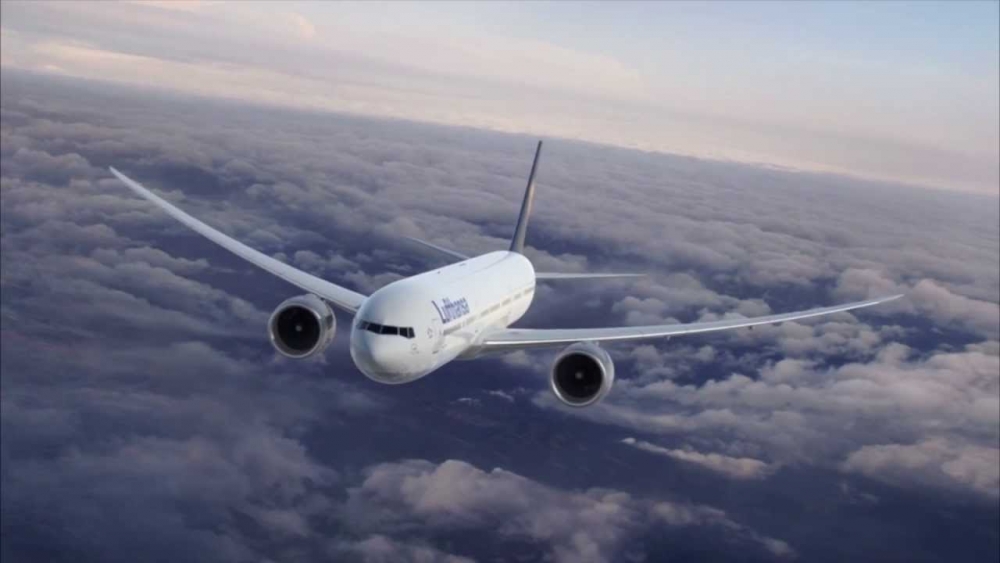A private jet was sent into an uncontrolled spin with both engines out after reportedly hitting wake turbulence from an Emirates Airbus A380 believed to be bound for Sydney, an authoritative accident website has reported.
Several aboard the German-registered Canadair Challenger 604 jet were injured, one seriously, after the plane plummeted about 10,000 ft during the January 7, 2017, encounter over the Arabian Sea, according to The Aviation Herald website.
The business jet was believed to be en-route to Abu Dhabi from the Maldives when the crew observed the A380 passing about 1000 ft overhead in the opposite direction.
The Aviation Herald said the aircraft encountered wake turbulence one to two minutes after passing below the A380, which was flying at 35,000 ft and continued to Sydney without incident.
It said information provided earlier this month was that the turbulence sent the aircraft into an uncontrolled roll that turned the aircraft at least three times, and possibly as many five times, and both engines flamed out.
“The ram air turbine could not deploy, possibly as result of G-forces and structural stress, the aircraft lost about 10,000 feet until the crew was able to recover the aircraft exercising raw muscle force, restart the engines and divert to Muscat,’’ it said.
While the website said it been unable to substantiate some of the details of the incident, it had confirmed it was being investigated by German authorities.
Wake turbulence is generated as an aircraft passes through the air and is stronger with bigger aircraft. The most dangerous components are wing- tip vortices, horizontal twisters generated by the end of the wing that can persist for several minutes and tend to sink behind the aircraft.
The Aviation Herald said air traffic controllers globally had been warned recently to exercise particular care with A380s passing over other traffic and pointed to several incidents involving very large aircraft in recent years.
These included a September, 2012, incident involving a Virgin Australia Boeing 737-800 near Bali, a 2011 Incident involving an Air France A320 and an Emirates superjumbo near Frankfurt and a problem with a British Airways A320 and a Qantas A380 near Braunschweig, also in 2011.
In a separate incident, the Australian Transport Safety Bureau is investigating a March 13, 2017, encounter with turbulence by a Qantas Boeing 737 that injured two crew members.
The incident happened while the plane was at 24,000ft near the Australian capital of Canberra.
"The flight crew turned on the seat belt sign and while returning to their seats one cabin crew member sustained a serious injury and one cabin crew member sustained a minor injury,’’ the ATSB said. “The flight crew, other cabin crew and passengers were not injured and the aircraft was not damaged.”


